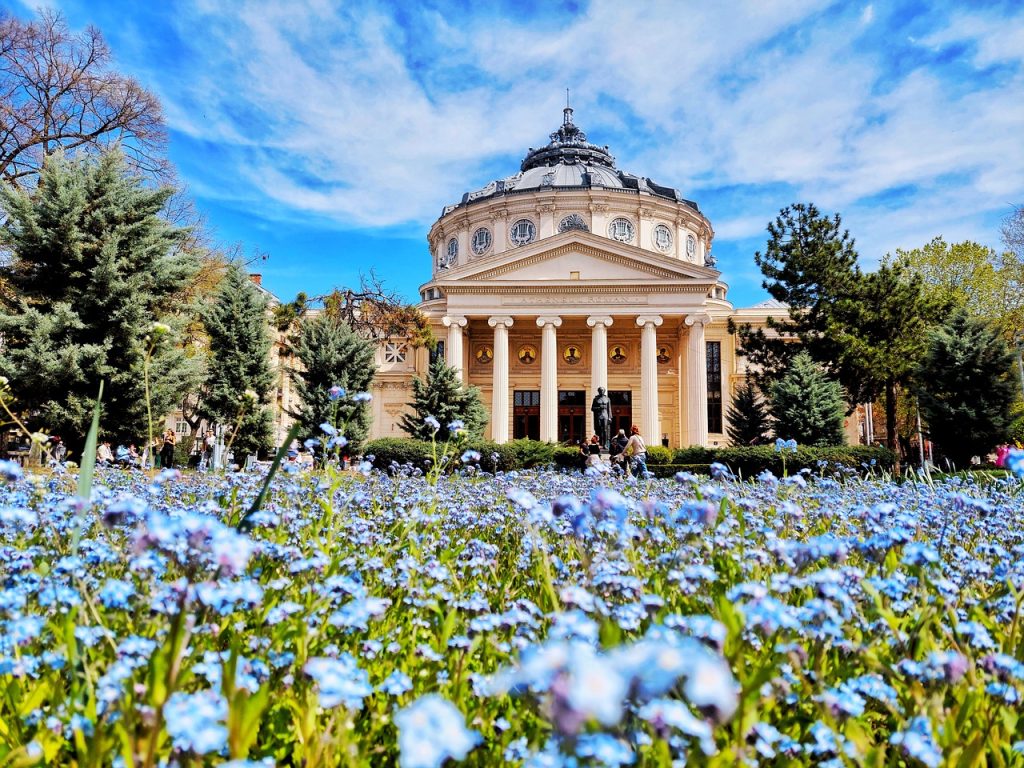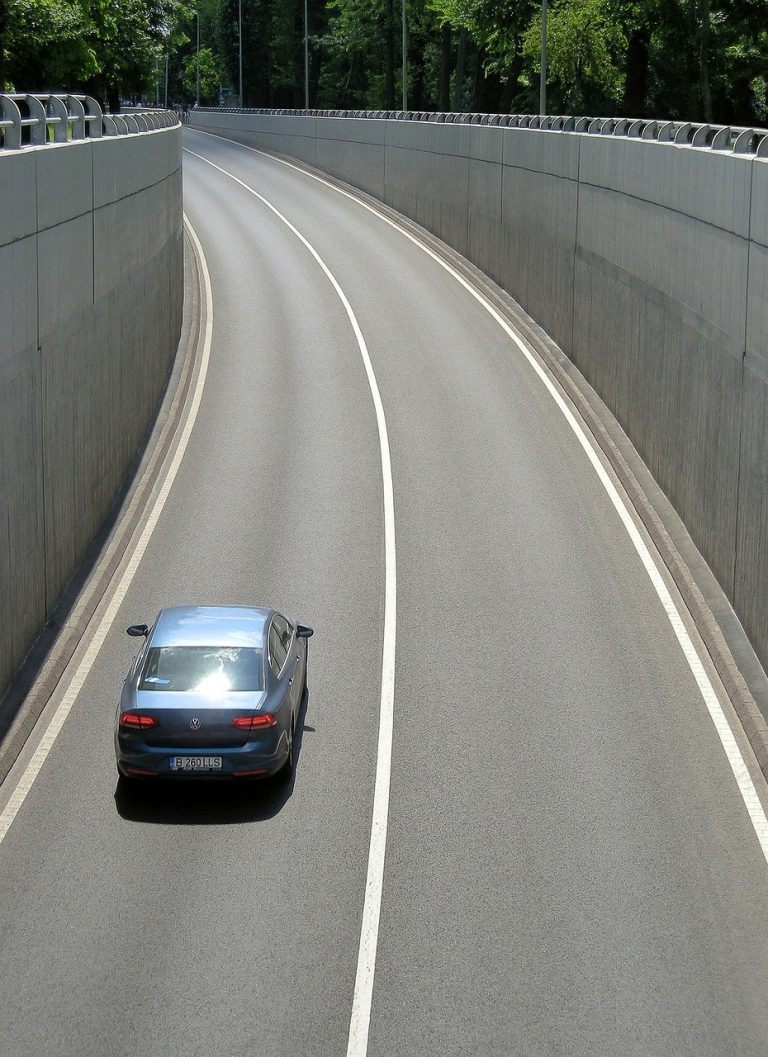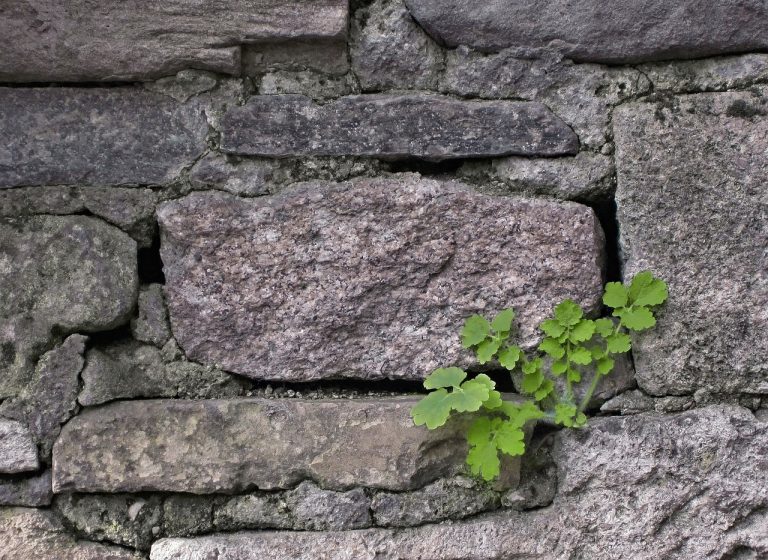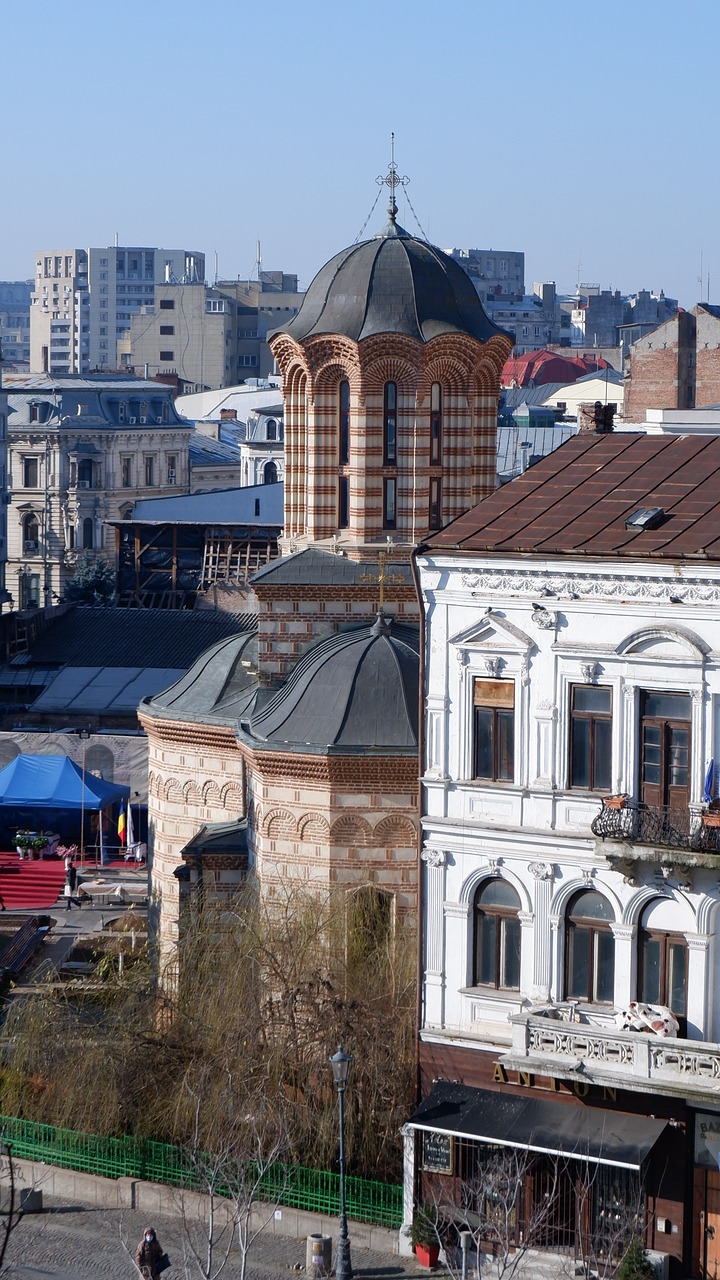Bucharest Romania Video
Calea Victoriei
Calea Victoriei is one of the most famous avenues in Bucharest, Romania. It is a historic street that stretches from Piata Victoriei to Piata Natiunilor Unite. The avenue is lined with beautiful buildings that showcase different architectural styles, including Neo-Romanian, Art Nouveau, and Art Deco. Calea Victoriei is home to numerous landmarks, museums, luxury shops, and restaurants, making it a popular destination for both locals and tourists.
- Revolution Square: Located along Calea Victoriei, Revolution Square is an important historical site in Bucharest. It was the main site of the 1989 Romanian Revolution, which led to the overthrow of communism in the country.
- National Museum of Romanian History: Situated on Calea Victoriei, the National Museum of Romanian History houses a vast collection of artifacts that showcase the history and culture of Romania.
- Athenee Palace Hilton Bucharest: This iconic hotel, located on Calea Victoriei, has been a symbol of elegance and luxury since its opening in 1914. It has hosted numerous famous guests over the years and is known for its stunning architecture.
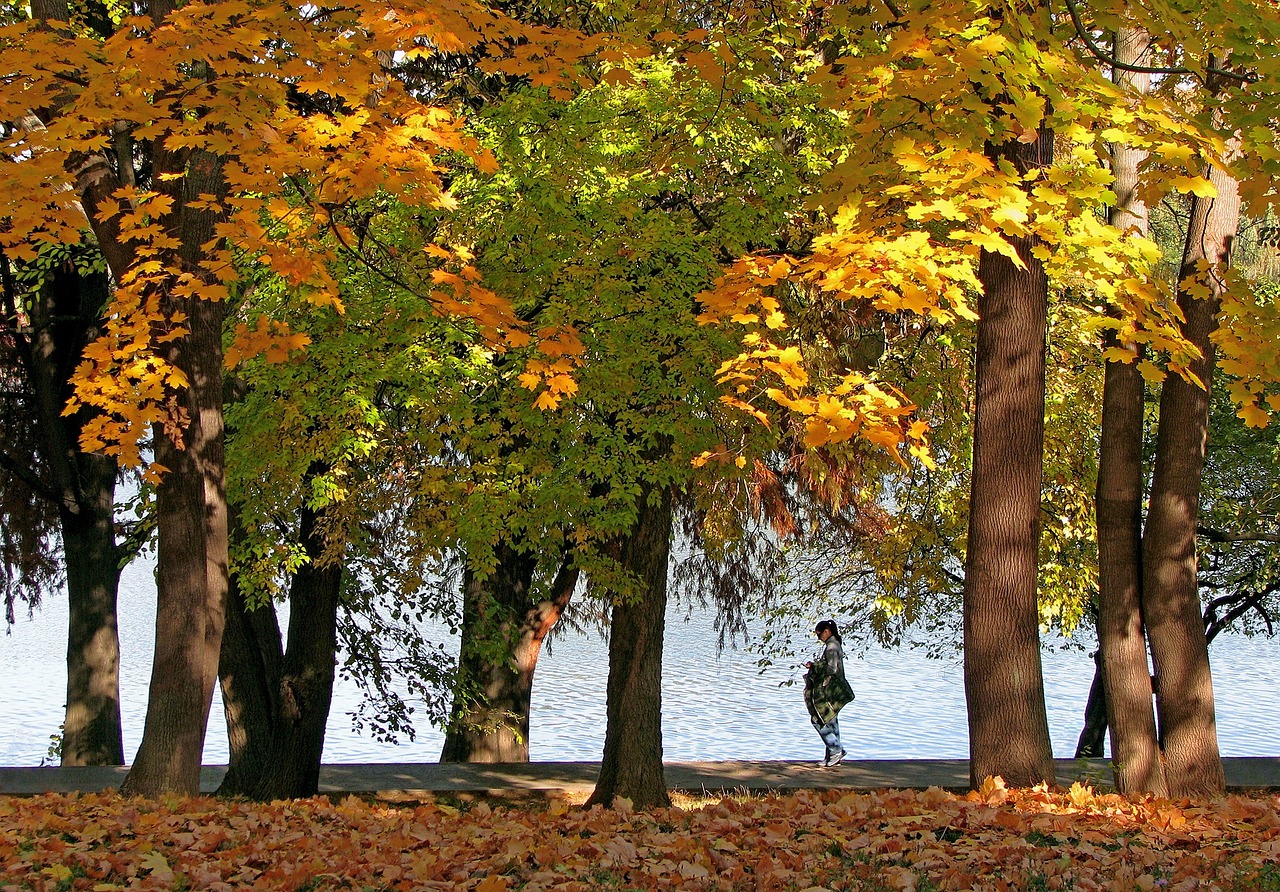
Palace of the Parliament
The Palace of the Parliament, also known as the People’s House, is the largest administrative building in the world. It is an impressive architectural masterpiece and a symbol of Romania’s communist era. The construction of the palace began in 1984 and was completed in 1997. Today, it houses the Romanian Parliament, as well as museums and conference rooms.
- Size and Architecture: The Palace of the Parliament covers an area of 365,000 square meters and has a height of 84 meters. It features a mix of architectural styles, including neoclassical and socialist realism.
- Tours: Visitors can take guided tours of the palace to explore its opulent interiors, including the Senate and Chamber of Deputies, as well as the National Museum of Contemporary Art.
- Interesting Facts: The construction of the palace required the demolition of a large portion of Bucharest’s historic center, resulting in the displacement of thousands of residents and the destruction of many historical buildings.
Herăstrău Park
Herăstrău Park is a vast green oasis located in the northern part of Bucharest. It is the largest park in the city and offers a peaceful retreat from the bustling urban environment. The park surrounds Lake Herăstrău and is a popular recreational area for both locals and tourists.
- Outdoor Activities: Herăstrău Park provides numerous opportunities for outdoor activities, such as walking, jogging, cycling, and boating on the lake.
- Village Museum: Situated within the park, the Village Museum showcases traditional Romanian architecture and rural life. It features over 200 buildings from different regions of the country.
- Monuments and Sculptures: The park is adorned with various monuments and sculptures, including the Dimitrie Gusti National Village Museum Monument and the Diana Fountain.
Village Museum
The Village Museum, located within Herăstrău Park, is an open-air museum that displays traditional Romanian village life. It is a unique attraction that offers visitors a glimpse into the country’s rural heritage.
- Exhibits: The museum features over 200 buildings, including houses, churches, and workshops, brought from different regions of Romania. Each building represents a specific architectural style and showcases traditional crafts and customs.
- Authentic Experience: Visitors can explore the interiors of some of the buildings and learn about the traditional way of life through exhibits, demonstrations, and workshops.
- Events and Festivals: The Village Museum hosts various events and festivals throughout the year, where visitors can experience traditional music, dance, and cuisine.
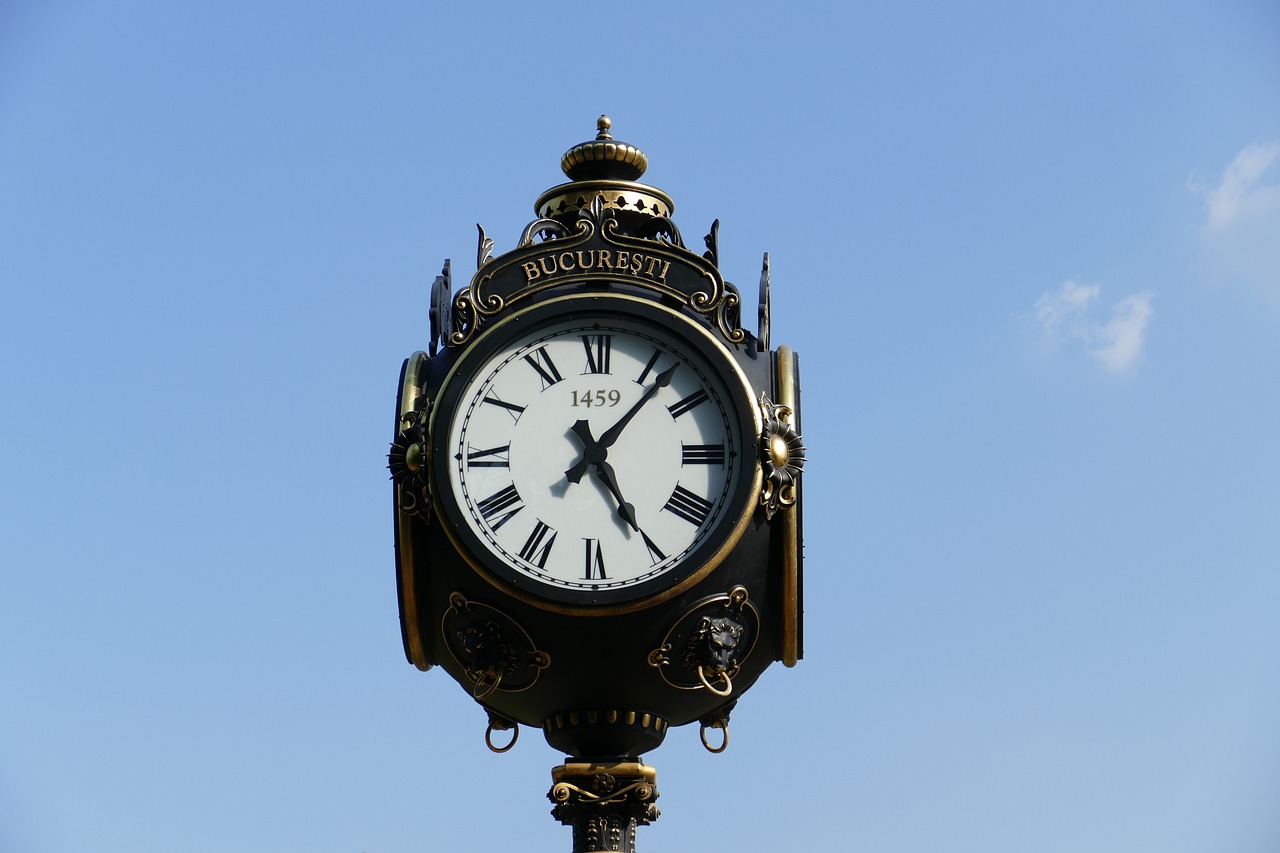
Stavropoleos Monastery
The Stavropoleos Monastery, also known as the Stavropoleos Church, is a small Eastern Orthodox monastery located in the historic center of Bucharest. It is renowned for its stunning architecture and intricate stone carvings.
- Architecture: The monastery showcases a unique combination of Brâncovenesc style, Byzantine elements, and Romanian folk motifs. The exterior features beautiful stone carvings, while the interior is adorned with frescoes and religious icons.
- Library: Stavropoleos Monastery is home to a valuable library that contains rare books, manuscripts, and religious texts dating back to the 16th century.
- Choir Performances: The monastery’s choir is renowned for its exceptional performances of Byzantine music. Visitors can attend religious services or special concerts to experience the enchanting melodies.
Carol Park
Carol Park, named after King Carol I of Romania, is a beautiful park located in the southern part of Bucharest. It covers an area of 30 hectares and offers a tranquil atmosphere with its lush greenery and numerous monuments.
- Mausoleum: The park is home to the Mausoleum, a monument built to honor the Romanian soldiers who lost their lives during World War I. It also houses the Tomb of the Unknown Soldier.
- Statues and Monuments: Carol Park features various statues and monuments, including the Statue of King Carol I, the Monument of the Heroes of the Air, and the Monument of the Unknown Heroes.
- Relaxation and Recreation: The park provides ample space for leisure activities, such as picnicking, strolling, and enjoying the beautiful views of the city.

Grigore Antipa National Museum of Natural History
The Grigore Antipa National Museum of Natural History is a fascinating museum located in Bucharest. It showcases a wide range of exhibits related to natural history, including geology, paleontology, zoology, and ecology.
- Exhibits: The museum houses an extensive collection of fossils, minerals, animal specimens, and interactive displays. Visitors can learn about the biodiversity of Romania and the world through engaging exhibits.
- Planetarium: The museum also features a planetarium where visitors can enjoy immersive shows about astronomy and space exploration.
- Education and Research: The museum plays a crucial role in education and research, offering educational programs, workshops, and scientific research opportunities.
Ateneul Român
Ateneul Român, also known as the Romanian Athenaeum, is a stunning concert hall located in the center of Bucharest. It is considered one of the city’s architectural gems and is renowned for its exceptional acoustics.
- Architecture: Ateneul Român features a neoclassical architectural style, with a grand facade adorned with columns and sculptures. The interior is equally impressive, with a beautiful frescoed ceiling and a magnificent concert hall.
- Concerts: The concert hall hosts a wide range of performances, including classical music concerts, symphonies, and choral performances. It is home to the George Enescu Philharmonic Orchestra.
- Public Events: Ateneul Român is not only a concert venue but also a cultural center that hosts public events, conferences, and exhibitions.
Conclusion
Bucharest, Romania, is a city rich in history and culture, with numerous historical landmarks that showcase its past and present. From the iconic Palace of the Parliament to the serene Herăstrău Park, each landmark offers a unique experience and a deeper understanding of the city’s heritage. Whether you are interested in architecture, history, or nature, Bucharest has something to offer for everyone.
References
- palatulparlamentului.ro
- muzeulbucurestiului.ro
- herastrau.ro
- muzeul-satului.ro
- biserica-stavropoleos.ro
- parculcarol.ro
- antipa.ro
- ateneulroman.ro

